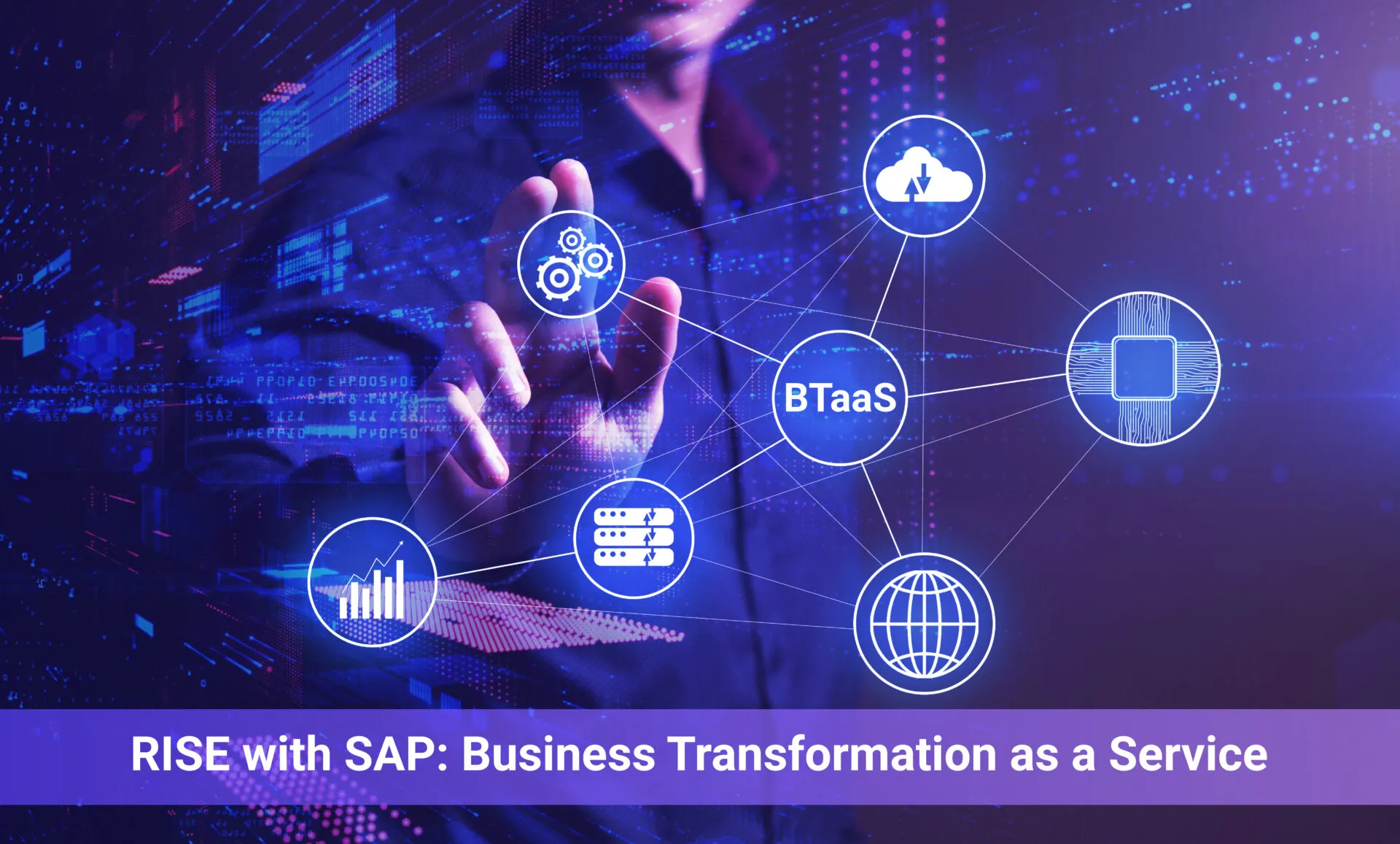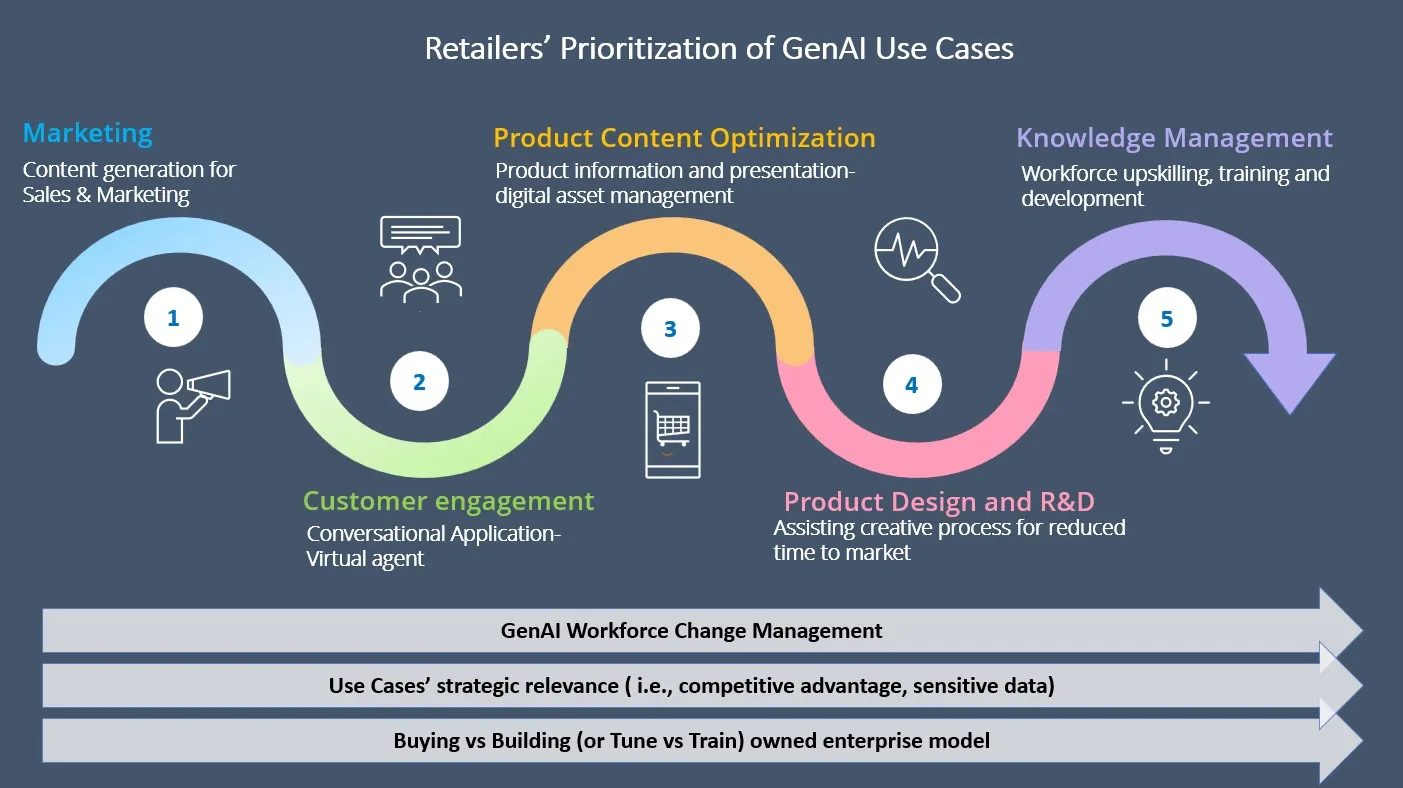In the rapidly evolving tech landscape, artificial intelligence (AI) stands out as a beacon of potential, driving businesses towards innovation and efficiency. Yet, amid the whirlwind of excitement, the practical application of AI in business remains a nuanced art. This detailed exploration dives into how SAP, a titan in the realm of enterprise resource planning (ERP) software, is mastering this art, transforming AI’s theoretical allure into concrete, profitable strategies that broaden its market reach.

Understanding Market Dynamics: SAP’s Strategic Play
In the quest to harness AI effectively, SAP took a methodical approach, beginning with a clear understanding of market dynamics. As businesses globally shift from traditional on-premise software to more dynamic cloud-based solutions, SAP recognized the need to adapt. This transition was not merely about staying technologically relevant but also about seizing the opportunity to tap into a new demographic: small and medium enterprises (SMEs).
Historically seen as a solution provider for large corporations, SAP faced perceptual and financial barriers when approaching SMEs. The challenge was twofold: altering the brand perception and making the economic model viable for smaller businesses. SAP’s pivot to a subscription-based model was a game-changer, reducing upfront costs for SMEs and offering the scalability and flexibility that cloud services afford.
Mapping the AI-Enhanced Customer Journey
The cornerstone of SAP’s strategy was redefining the customer journey through the lens of AI. By mapping out the stages of customer engagement, from discovery to long-term relationship building, SAP could pinpoint where AI tools could best serve potential clients. This strategic mapping allowed SAP to deploy over 40 AI-driven digital modalities that cater to various stages of the customer lifecycle.

Discovery through Digital Launchpad
At the discovery stage, SAP employs its Digital Launchpad, an AI tool that leverages industry-specific data to create personalized outreach activities. This tool exemplifies how AI can transform the initial customer engagement process, making it more efficient and tailored to individual needs.
Streamlining Selection with AI
When prospects show interest, SAP’s AI comes into play to streamline the selection process. Tools like the Value One-Pager and personalized demos help build a compelling business case, demonstrating the tangible benefits of SAP’s solutions tailored to the specific needs of each prospect.
Adoption and Continuous Improvement
The adoption phase is critical, as it sets the tone for the customer’s long-term relationship with the product. SAP uses AI to facilitate integration and initial training through interactive Q&A tools and training videos created by avatars. Moreover, the AI-enabled customer success platform plays a pivotal role in driving continuous improvement by consolidating relevant customer data into customized landing pages.
Extending Customer Relationships
Finally, to extend and deepen customer relationships, SAP utilizes tools like the Digital Launchpad and Value One-Pager to continually assess and introduce new relevant products to existing customers. This ongoing engagement strategy, supported by AI, ensures that customers find lasting value in SAP’s solutions, thereby reducing churn and fostering loyalty.

SAP’s innovative use of AI tools demonstrates a blueprint for success in the digital age. By effectively mapping business processes and integrating AI into the customer journey, SAP has not only enhanced its operational efficiency but also expanded its market base to include millions of SMEs previously beyond its reach. This case study not only highlights the potential of AI to transform business models but also serves as a testament to the strategic foresight necessary to turn potential into profit. As companies around the world grapple with the practical applications of AI, SAP’s journey offers valuable insights into how to strategically deploy AI for maximum business impact.










